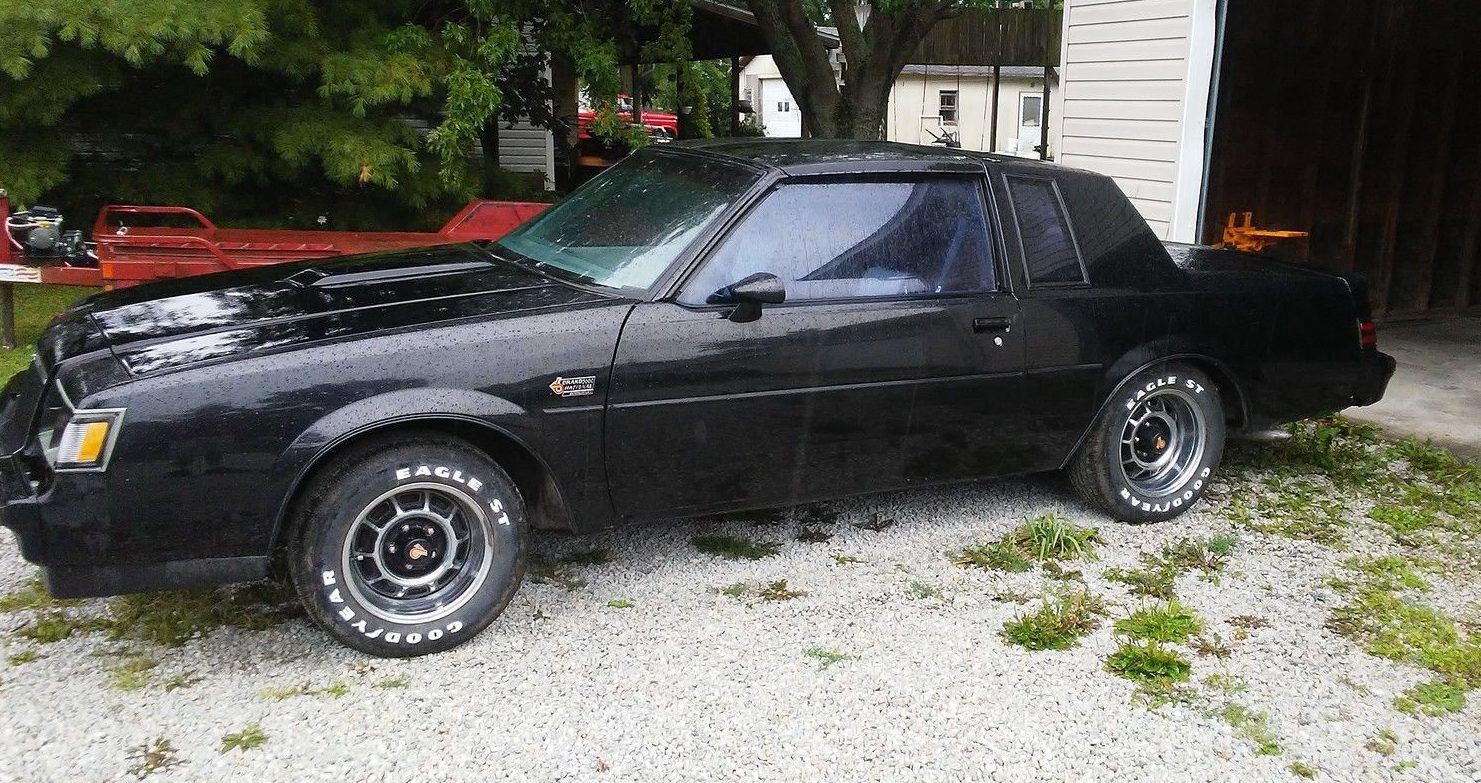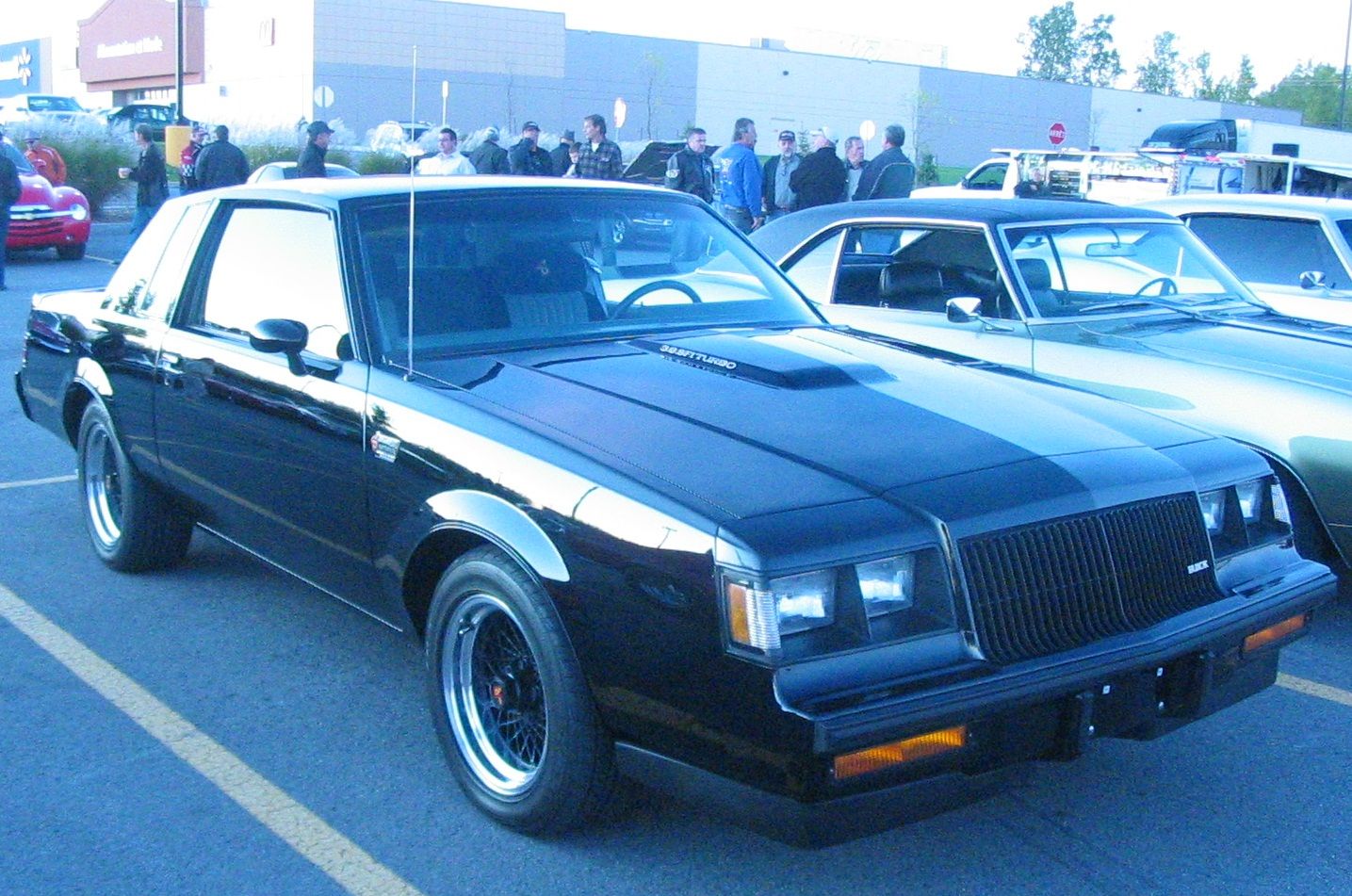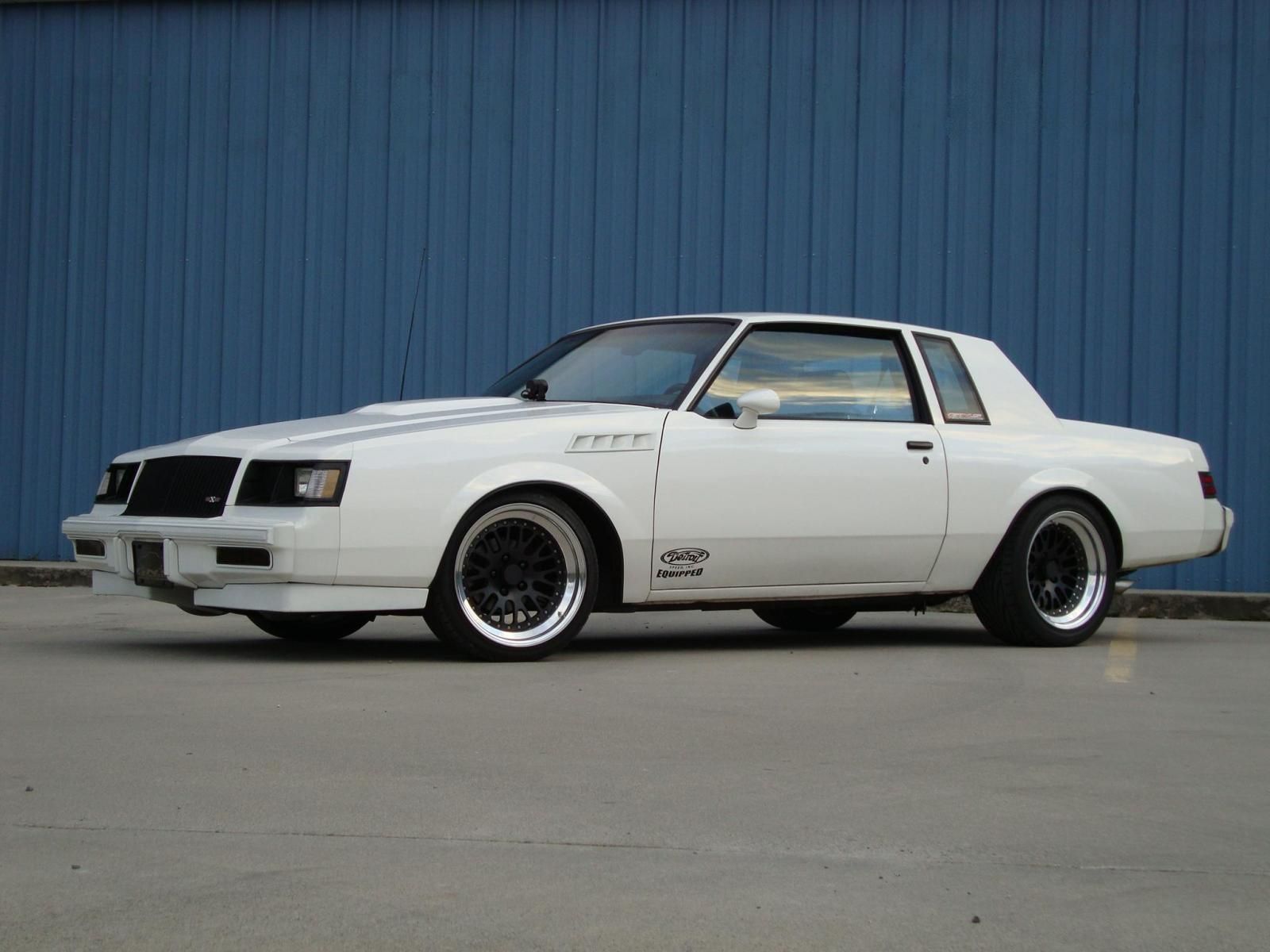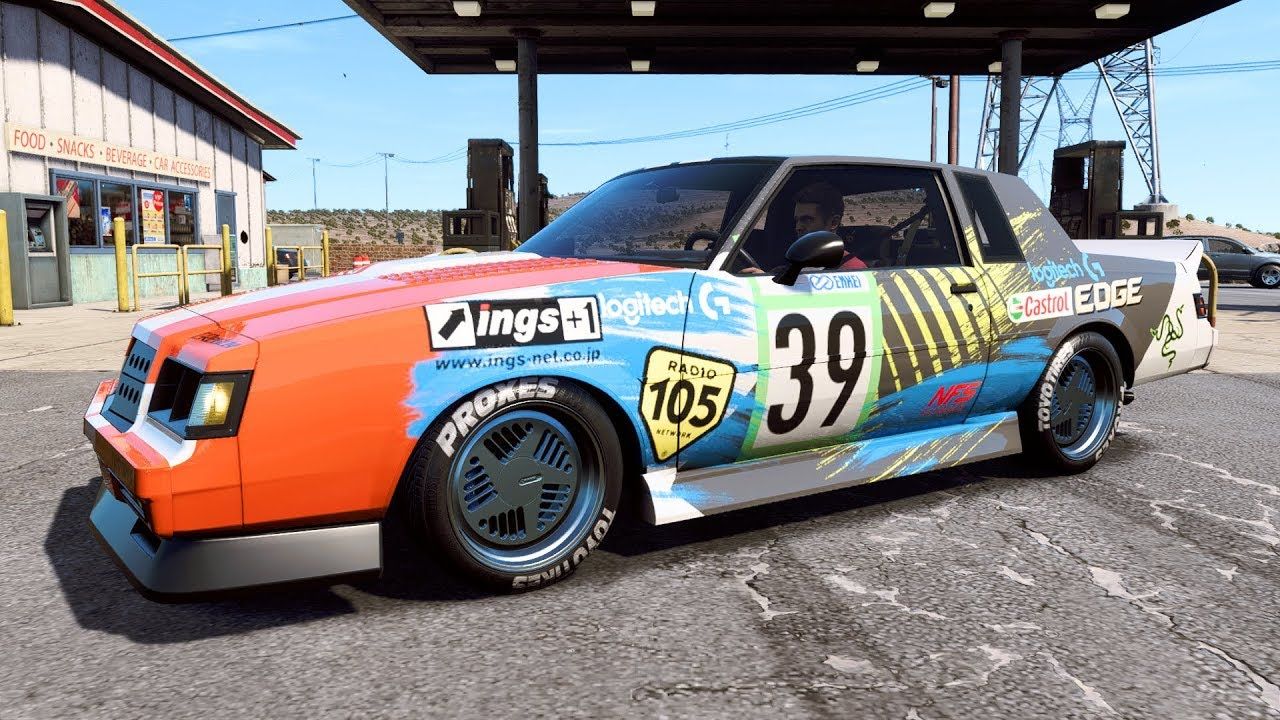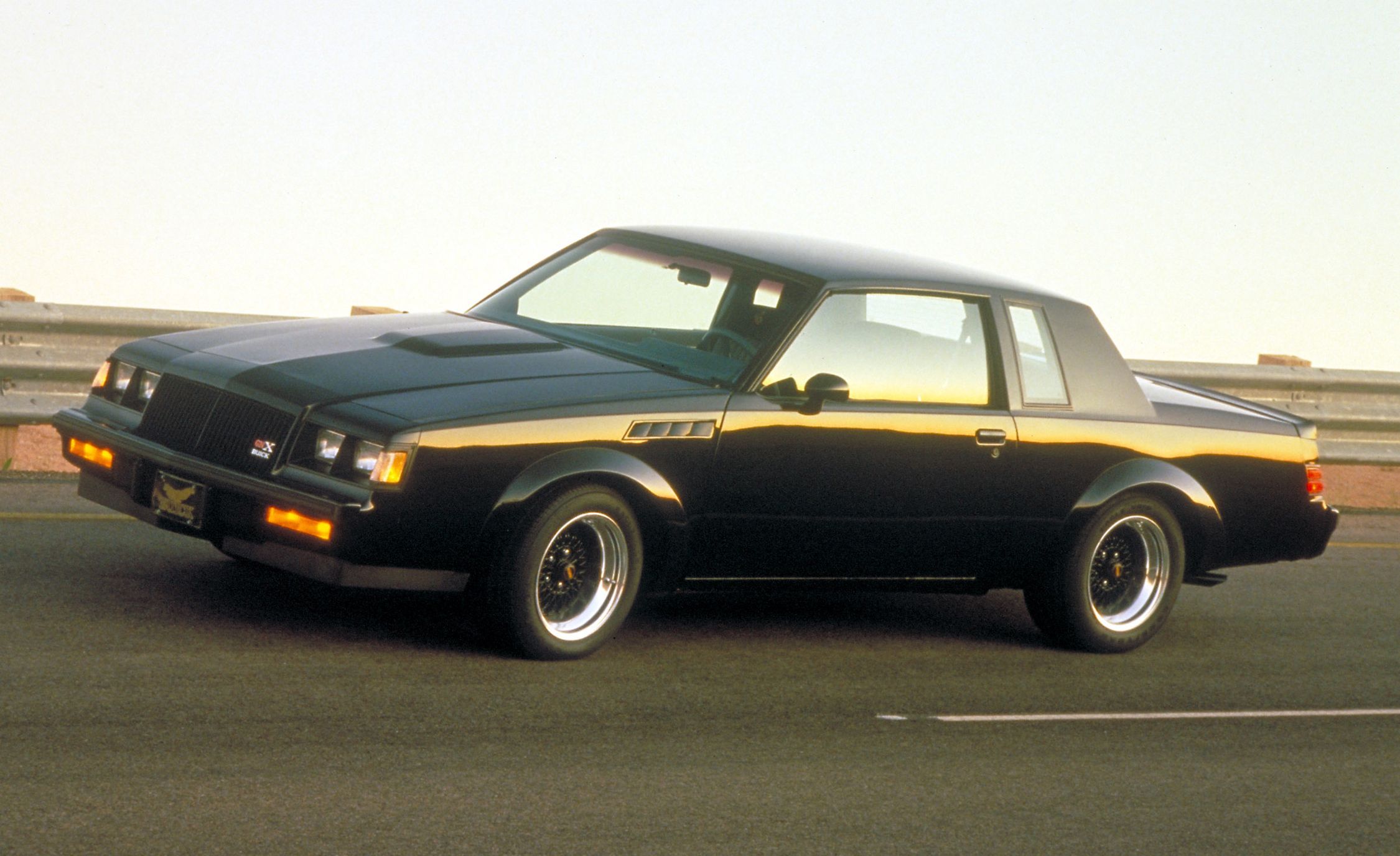To say that the Buick Grand National was an enigma, is a genuine case of not over-egging the pudding. In fact, almost nothing about this incredible piece of motoring history makes any sense at all.
What's In A Name?
A few things in particular stand out, however. Firstly, there's the rather ad-hoc and almost unsuccessful manner by which it came into being; then, having dodged oblivion, how it went on to be quite so wildly successful; and finally, the fact that despite the aforementioned successes, the GN was dropped from GM's lineup, even as demand for it continued to soar.
In between, of course, there are many other chapters covering the inexplicably short life of this legendary beast, and they're every bit as paradoxical. One is the name; how could something so anachronistic even survive, let alone thrive, given the essentially cutting edge nature of the motor racing environment itself? I mean the Grand National is a horse race!
Doctors And Dinosaurs
Another is the shape. OK, so this was the early eighties, and the Decade That Taste Forgot was not long in its casket; historians of the future will record that the design of motor vehicles, alone among mankind's industries, saved humanity from total embarrassment during the 1970s. But how and why did the designers even contemplate, let alone get away with, completely abandoning the idea of curves? Just one would have been nice. In fairness everyone was doing it, and in greater fairness the angular minimalism of that period of auto design was infinitely preferable to the featureless blancmange of the late eighties through to the early 2000s. 'Ordinary' cars of that era were so universally indistinguishable and lacking in sex appeal (a few notable exceptions aside) that humanity might well have considered going back to the horse and cart in protest. At least they looked like something.
The early-to-middle seventies Buick Regal coupes - so-called 'Doctor's cars' - that paved the design road for the GN were cut from a cloth that any traditionalist could be forgiven for thinking lent itself admirably to the creation of a true muscle car. They had powerful, sweeping lines, an aggressive but restrained profile, and just enough in the way of non-linearity. By contrast, the second generation looked like someone had chopped the middle out of a Caddy, and left it like that. It shouldn't have worked at all - but the Grand National didn't just get away with it all, it thundered to the head of the pack, leaving pundits and critics alike scratching their heads as they picked themselves up in its dust.
Faster And Faster
Born from the ground-breaking Regal coupe that made Indy Racing history as a pace car with a V6 engine (gasp) that actually outperformed some of the V8 racers it was playing ball boy to (double gasp), the Grand National began life as an Explorer Scout project that very nearly didn't even get off the ground. Ken Baker, then a young engineer working for General Motors in Buick's testing lab, initiated a program that saw a turbocharger added to the company's new 3.8-liter V6, the intention being to add power to smaller cars or improve economy in bigger ones.
The entire project was coddled together by staff working part-time and after hours, using bits and pieces of cars that had either fallen through the cracks in accounting, or been 'donated' by the willing turn of a blind eye. It didn't quite fit into any of the firm's properly designated boxes, and survived - along with Baker's career - essentially because then Chief Engineer Lloyd Reuss had a hunch about it, which he had the fortitude to follow.
Reuss had a vision that involved Buick morphing its image from something rather sedate and refined, into something more exciting with the perfomance to back it up. He took Baker and his project under his wing, transforming the Scout project into an Indy pace car of a new and different flavor.
By running more boost through the 'little' Buick's six-banger than many of the 'real' race cars it was holding the flag for, Ken Baker's team managed to extract 200 horses from the 3.8; and the world of fast cars had its Grand National.
The adage "Win on Sunday, sell on Monday," held true for the pacer racer, and demand for the new beast surged. Accompanied by a slick marketing campaign, more GNs were sought by buyers than could be built; or more accurately, than the Powers That Be within the company, for reasons known only to themselves, were prepared to build.
We may never know what factors within the dark politics of the GM Corporation motivated the decision makers, but when the imminent demise of the Grand National became front page news just six years later, demand was still outstripping supply.
Gone But Not Forgotten
Intent on going out with a bang, Buick enlisted the help of motor racing legends McLaren to create a final run of 500 super machines - all of them black - that would be known as the GNX. This underrated, under-produced, all-American crossover between a big muscle car and a small one, not only beat out the domestic competition on the track as well as the street, but also out-performed the best that Italy's most famous manufacturers could put up against it.
Born against the odds, successful in the face of all prevailing wisdom, and unfairly gelded out of existence in its prime, the Grand National is probably the closest thing that motoring has to Winston Churchill's famous description of Russia: "A riddle, wrapped in a mystery, inside an enigma."
It was fast and it was furious and we'd all really quite like it back, or at the very least, a proper explanation as to why it was ever taken away.

